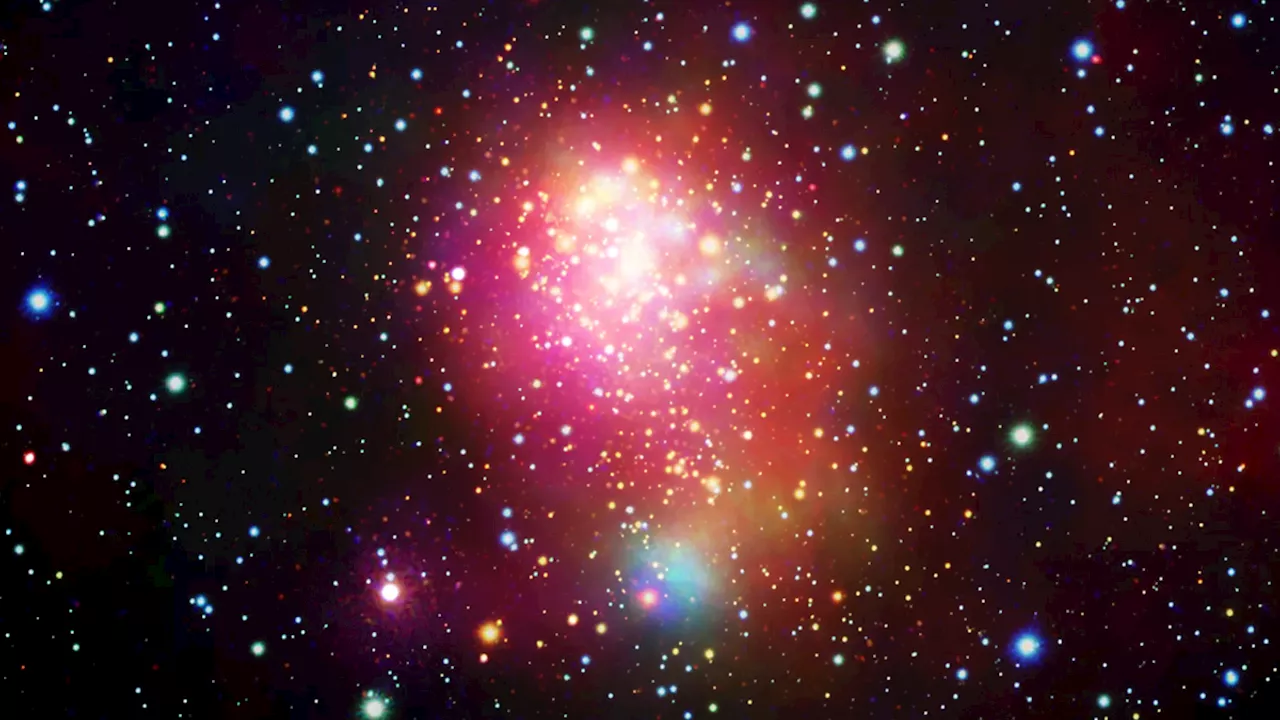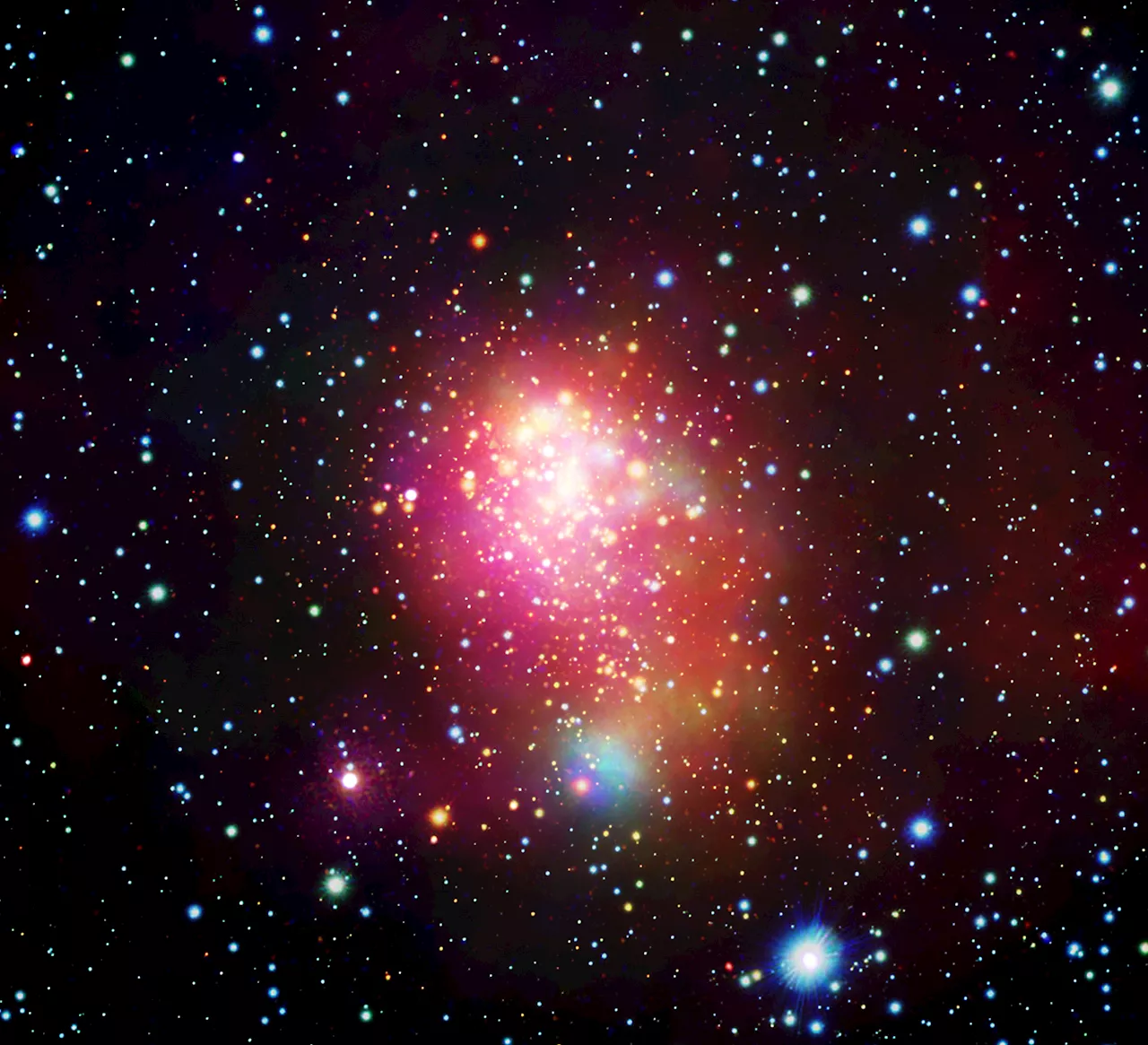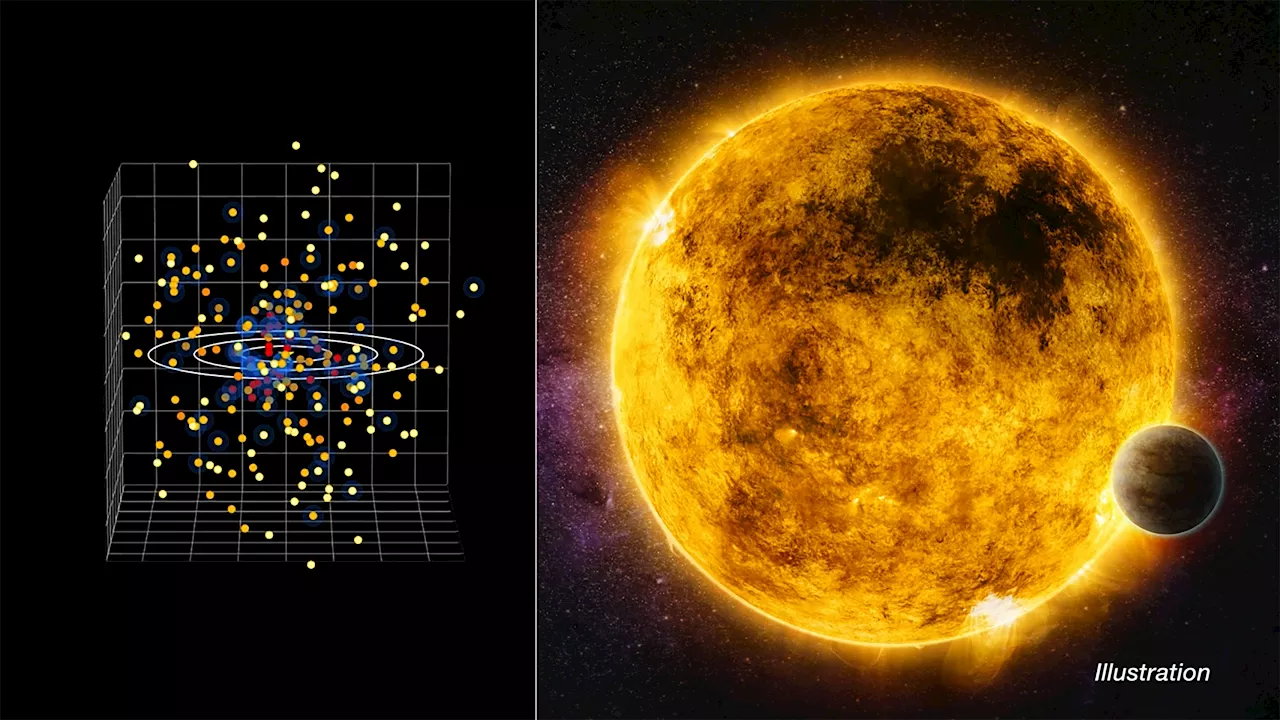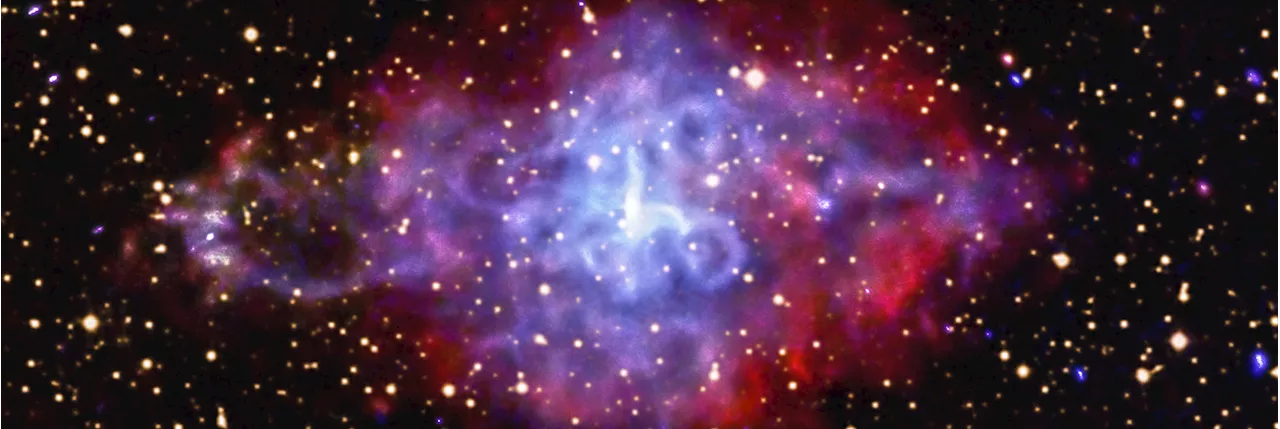The supernova remnant 3C 58 contains a spinning neutron star, known as PSR J0205+6449, at its center. Astronomers studied this neutron star and others like it
to probe the nature of matter inside these very dense objects. A new study, made using NASA’s Chandra X-ray Observatory and ESA’s XMM-Newton, reveals that the interiors of neutron stars may contain a type of ultra-dense matter not found anywhere else in the Universe.
The authors used machine learning, a type of artificial intelligence, to compare the data to different equations of state. Their results imply that a significant fraction of the equations of state — the ones that do not include the capability for rapid cooling at higher masses — can be ruled out. One possibility for what is inside these neutron stars is a type of radioactive decay near their centers where neutrinos — low mass particles that easily travel through matter — carry away much of the energy and heat, causing rapid cooling.
Marshall Astrophysics Marshall Space Flight Center Neutron Stars Stars Supernovae
United States Latest News, United States Headlines
Similar News:You can also read news stories similar to this one that we have collected from other news sources.
 NASA's Chandra X-ray telescope captures closest super star cluster to Earth (image)Robert Lea is a science journalist in the U.K. whose articles have been published in Physics World, New Scientist, Astronomy Magazine, All About Space, Newsweek and ZME Science. He also writes about science communication for Elsevier and the European Journal of Physics. Rob holds a bachelor of science degree in physics and astronomy from the U.K.
NASA's Chandra X-ray telescope captures closest super star cluster to Earth (image)Robert Lea is a science journalist in the U.K. whose articles have been published in Physics World, New Scientist, Astronomy Magazine, All About Space, Newsweek and ZME Science. He also writes about science communication for Elsevier and the European Journal of Physics. Rob holds a bachelor of science degree in physics and astronomy from the U.K.
Read more »
 'Super' Star Cluster Shines in New Look From NASA's ChandraWesterlund 1 is the biggest and closest “super” star cluster to Earth. New data from NASA’s Chandra X-ray Observatory, in combination with
'Super' Star Cluster Shines in New Look From NASA's ChandraWesterlund 1 is the biggest and closest “super” star cluster to Earth. New data from NASA’s Chandra X-ray Observatory, in combination with
Read more »
 Coming in Hot — NASA's Chandra Checks Habitability of ExoplanetsAstronomers are using these X-ray data to determine how habitable exoplanets may be based on whether they receive lethal radiation from the stars they orbit,
Coming in Hot — NASA's Chandra Checks Habitability of ExoplanetsAstronomers are using these X-ray data to determine how habitable exoplanets may be based on whether they receive lethal radiation from the stars they orbit,
Read more »
 Coming in hot: NASA's Chandra checks habitability of exoplanetsUsing NASA's Chandra X-ray Observatory and ESA's (European Space Agency's) XMM-Newton, astronomers are exploring whether nearby stars could host habitable exoplanets, based on whether they emit radiation that could destroy potential conditions for life as we know it.
Coming in hot: NASA's Chandra checks habitability of exoplanetsUsing NASA's Chandra X-ray Observatory and ESA's (European Space Agency's) XMM-Newton, astronomers are exploring whether nearby stars could host habitable exoplanets, based on whether they emit radiation that could destroy potential conditions for life as we know it.
Read more »
 Star cluster shines in new look from NASA's ChandraWesterlund 1 is the biggest and closest 'super' star cluster to Earth. New data from NASA's Chandra X-ray Observatory, in combination with other NASA telescopes, is helping astronomers delve deeper into this galactic factory where stars are vigorously being produced.
Star cluster shines in new look from NASA's ChandraWesterlund 1 is the biggest and closest 'super' star cluster to Earth. New data from NASA's Chandra X-ray Observatory, in combination with other NASA telescopes, is helping astronomers delve deeper into this galactic factory where stars are vigorously being produced.
Read more »
 How Data From The Chandra X-Ray Observatory Helps With Studying Energetic Black HolesNASA’s Chandra X-ray Observatory detects X-ray emissions from astronomical events.
How Data From The Chandra X-Ray Observatory Helps With Studying Energetic Black HolesNASA’s Chandra X-ray Observatory detects X-ray emissions from astronomical events.
Read more »
